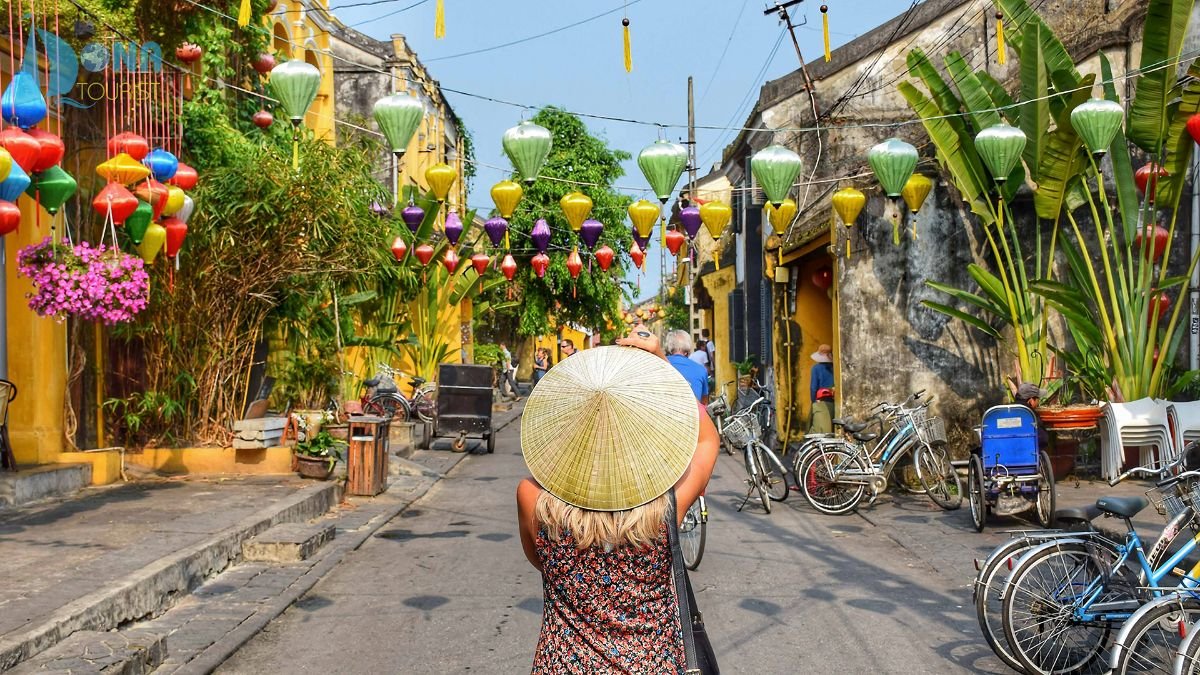Vietnam, a country rich in history, culture, and natural beauty, offers a variety of cities each with its own unique charm. From bustling metropolises to serene coastal towns, Vietnam’s cities provide diverse experiences for travelers and expatriates alike. In this article, we’ll explore some of the best cities in Vietnam, highlighting what makes each one special.
Table of Contents
Hanoi
As the capital city of Vietnam, Hanoi is a vibrant blend of ancient history and modernity. It is known for its colonial architecture, historic temples, and dynamic street life. Key attractions include the Old Quarter, a maze of narrow streets filled with shops, cafes, and street food vendors; Hoan Kiem Lake, a picturesque lake ideal for relaxation and walks; and the Temple of Literature, Vietnam’s first university showcasing traditional Vietnamese architecture. Hanoi offers a rich cultural experience with its historical sites, bustling markets, and delicious cuisine, making it an essential stop for anyone exploring Vietnam.
Ho Chi Minh City
Formerly known as Saigon, Ho Chi Minh City is Vietnam’s largest city and economic hub. It’s a fast-paced metropolis known for its skyscrapers, historical landmarks, and vibrant nightlife. Key attractions include the War Remnants Museum, which provides insights into the Vietnam War through powerful exhibits; Ben Thanh Market, a lively market offering everything from local handicrafts to fresh produce; and the Notre-Dame Cathedral Basilica of Saigon, a stunning example of French colonial architecture. Ho Chi Minh City is perfect for those who enjoy urban energy, shopping, and exploring the historical context of modern Vietnam.
Da Nang
Located on Vietnam’s central coast, Da Nang is renowned for its beautiful beaches, dynamic culinary scene, and proximity to cultural sites like Hoi An and My Son. Key attractions include My Khe Beach, a popular beach known for its white sand and clear waters; the Marble Mountains, a cluster of five marble and limestone hills with caves and pagodas; and Dragon Bridge, a unique bridge featuring a dragon that breathes fire and water. Da Nang offers a mix of beach relaxation, historical exploration, and modern attractions, making it a versatile destination.
Hue
Hue, the ancient capital of Vietnam, is known for its well-preserved imperial city and historical significance. It provides a glimpse into Vietnam’s royal past. Key attractions include the Imperial City, a vast citadel with palaces, temples, and gates, reflecting Vietnam’s imperial history; Thien Mu Pagoda, an iconic seven-story pagoda on the banks of the Perfume River; and the Royal Tombs, the elaborate tombs of former emperors showcasing unique architectural styles. Hue is ideal for history buffs and those interested in exploring Vietnam’s imperial legacy.
Hoi An
Hoi An is a charming town known for its well-preserved Ancient Town, vibrant lantern-lit streets, and relaxed atmosphere. It’s a UNESCO World Heritage site with a rich cultural tapestry. Key attractions include the Ancient Town, a historic district with traditional wooden houses, temples, and markets; the Japanese Covered Bridge, a historic bridge with a unique architectural style; and the Hoi An Night Market, a colorful market perfect for souvenirs and local snacks. Hoi An offers a slower pace of life, picturesque streets, and a blend of cultural influences, making it a favorite among travelers seeking a more laid-back experience.
Nha Trang
Nha Trang is a coastal city famous for its beautiful beaches, vibrant nightlife, and array of water sports. It’s a popular destination for beach lovers and adventure seekers. Key attractions include Nha Trang Beach, a long, sandy beach perfect for sunbathing and swimming; Vinpearl Land, a large amusement park and resort located on an island accessible by cable car; and Po Nagar Cham Towers, ancient Cham towers offering historical and cultural insights. Nha Trang combines beachside relaxation with exciting activities, making it a great destination for both leisure and adventure.
FAQs
What is the best time to visit Vietnam?
The best time to visit Vietnam varies by region. Generally, spring (February to April) and autumn (September to November) are ideal, with pleasant weather and fewer crowds.
Do I need a visa to visit Vietnam?
Yes, most travelers require a visa to enter Vietnam. You can obtain a visa through the Vietnamese embassy or apply for an e-visa online, depending on your nationality.
What are some traditional Vietnamese dishes to try?
Traditional dishes include Pho (noodle soup), Banh Mi (Vietnamese sandwich), Goi Cuon (spring rolls), and Bun Cha (grilled pork with noodles).
Is Vietnam a safe travel destination?
Vietnam is generally considered safe for travelers. However, it’s always advisable to take standard precautions, such as being aware of your surroundings and securing your belongings.
How can I get around within Vietnamese cities?
Common modes of transport include taxis, motorbike rentals, and ride-hailing apps like Grab. Public buses and bicycles are also available in many cities.
Exploring Vietnam’s cities offers a rich tapestry of experiences, from historical wonders and cultural gems to modern attractions and natural beauty. Whether you’re drawn to the hustle and bustle of Ho Chi Minh City or the serene ambiance of Hoi An, Vietnam’s cities promise a memorable adventure.
